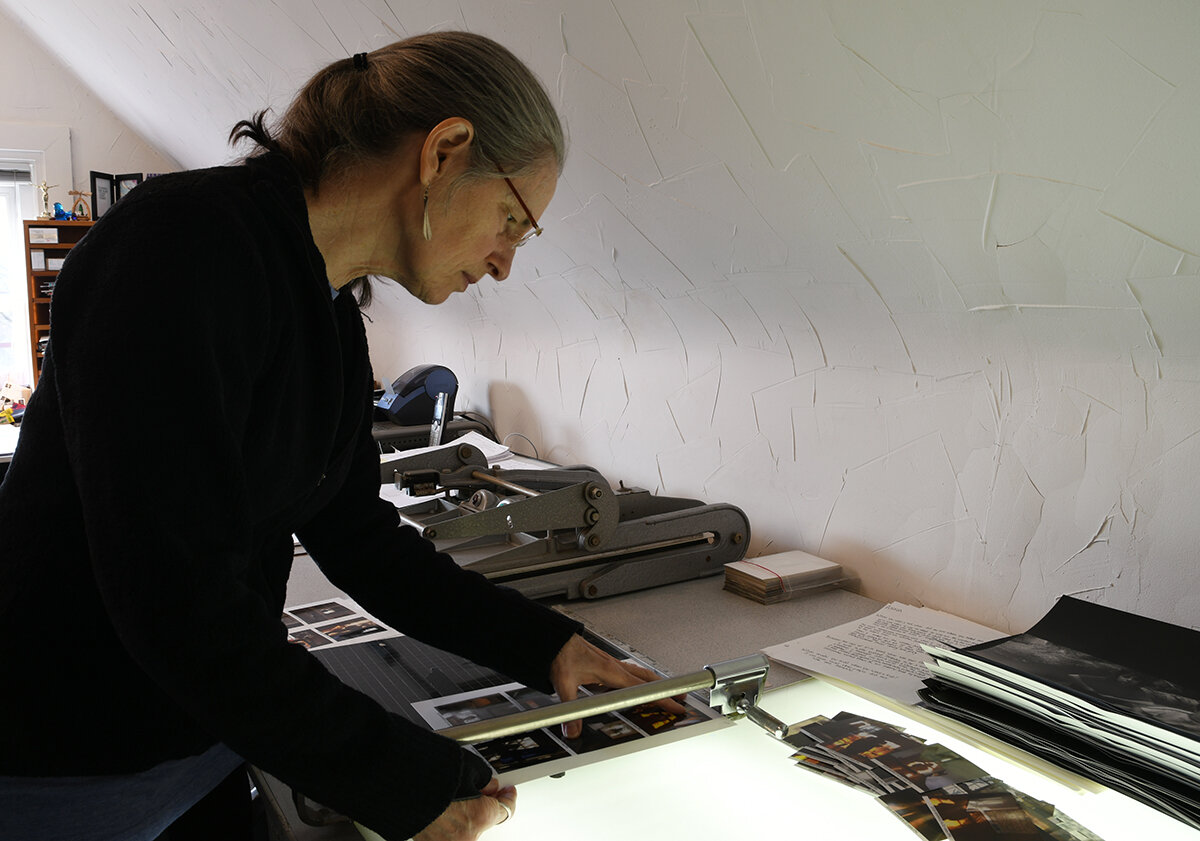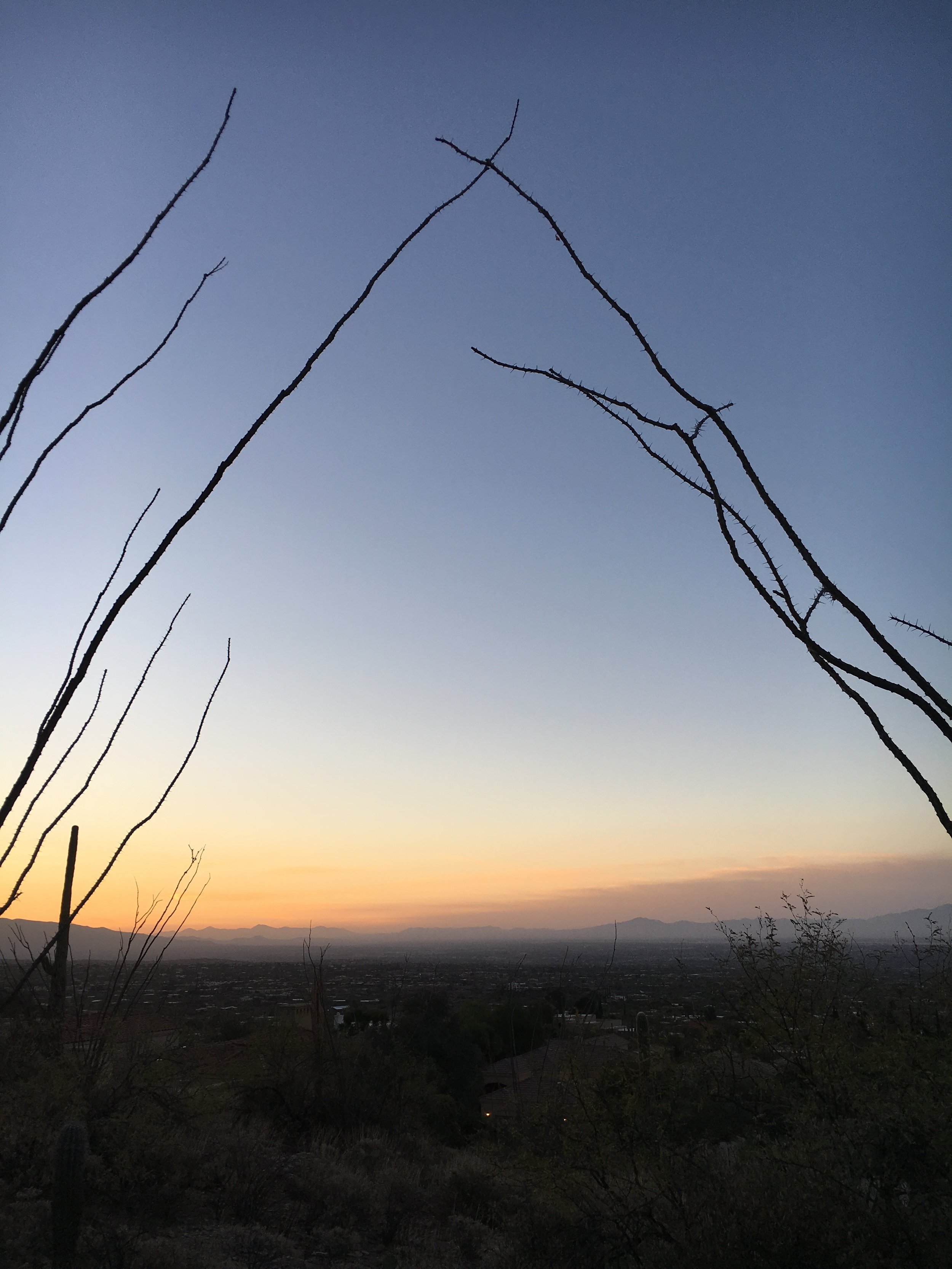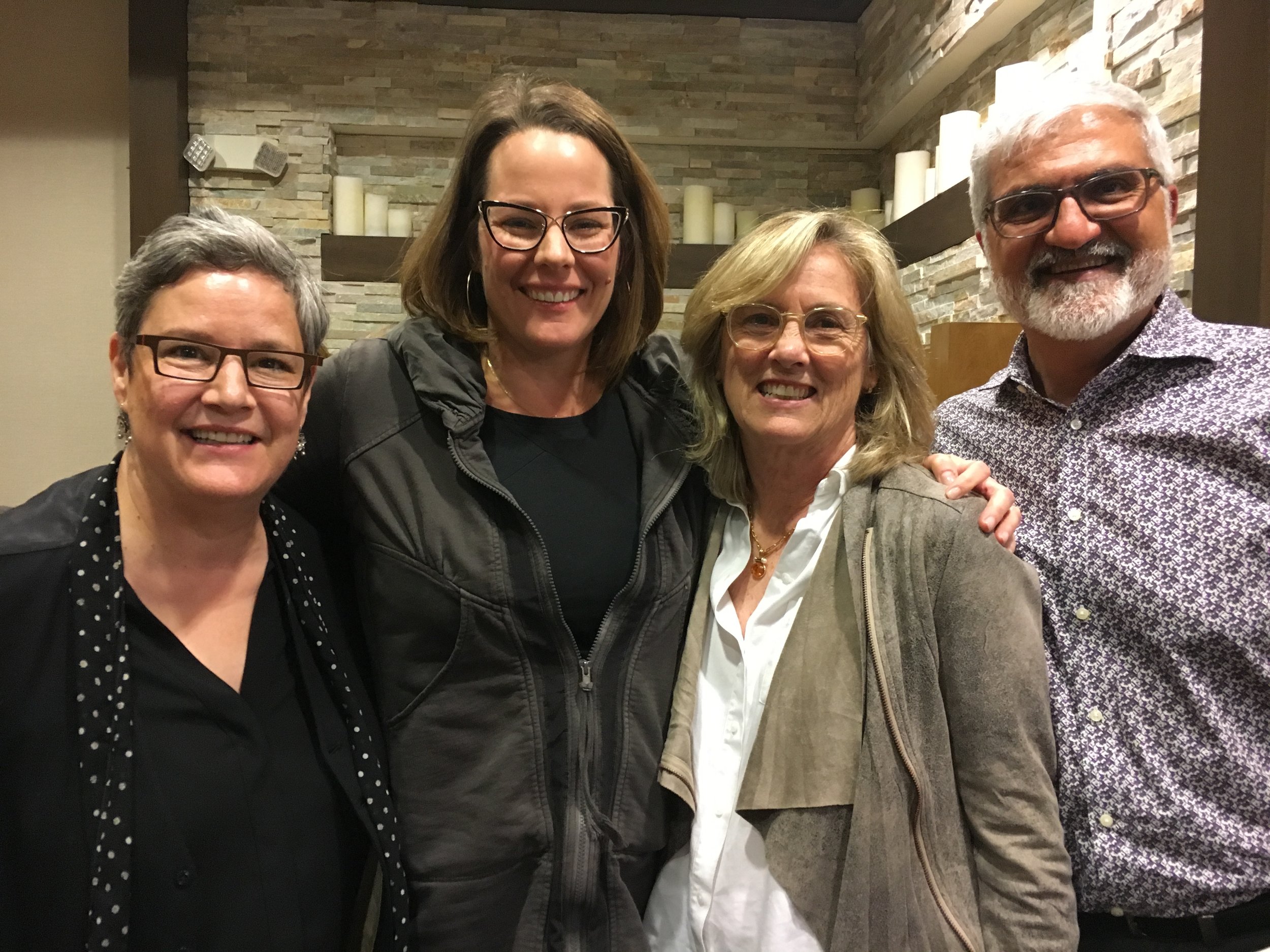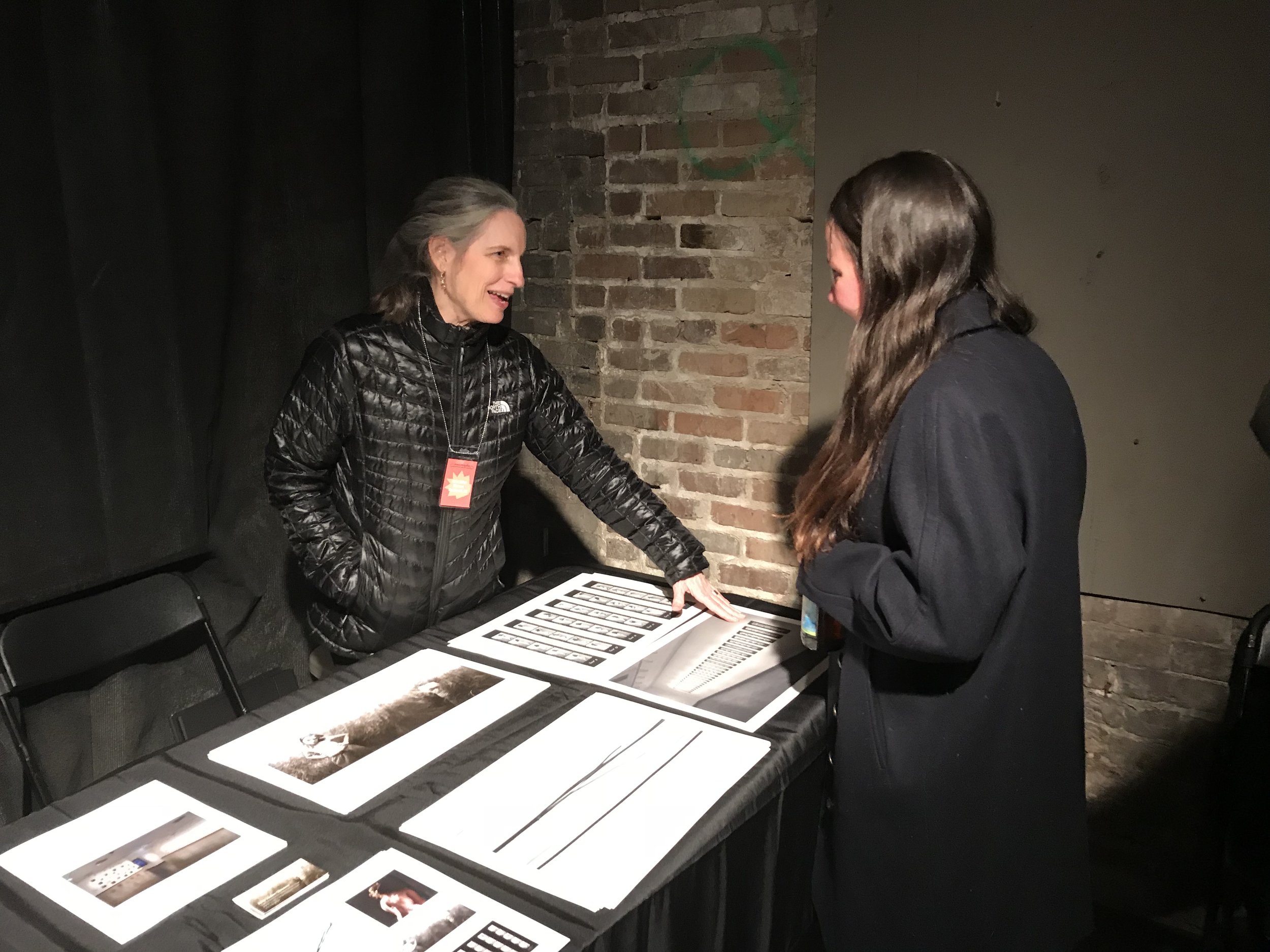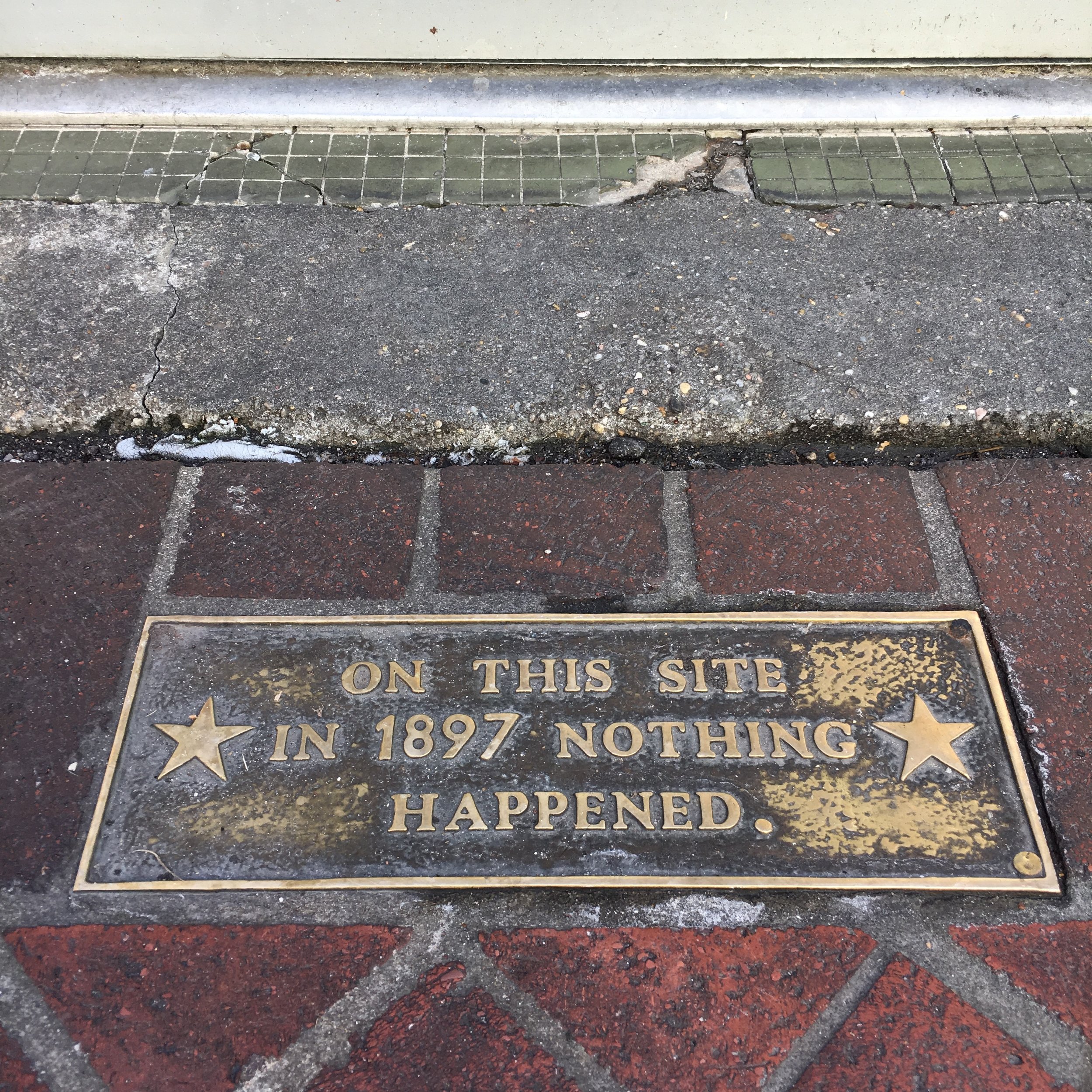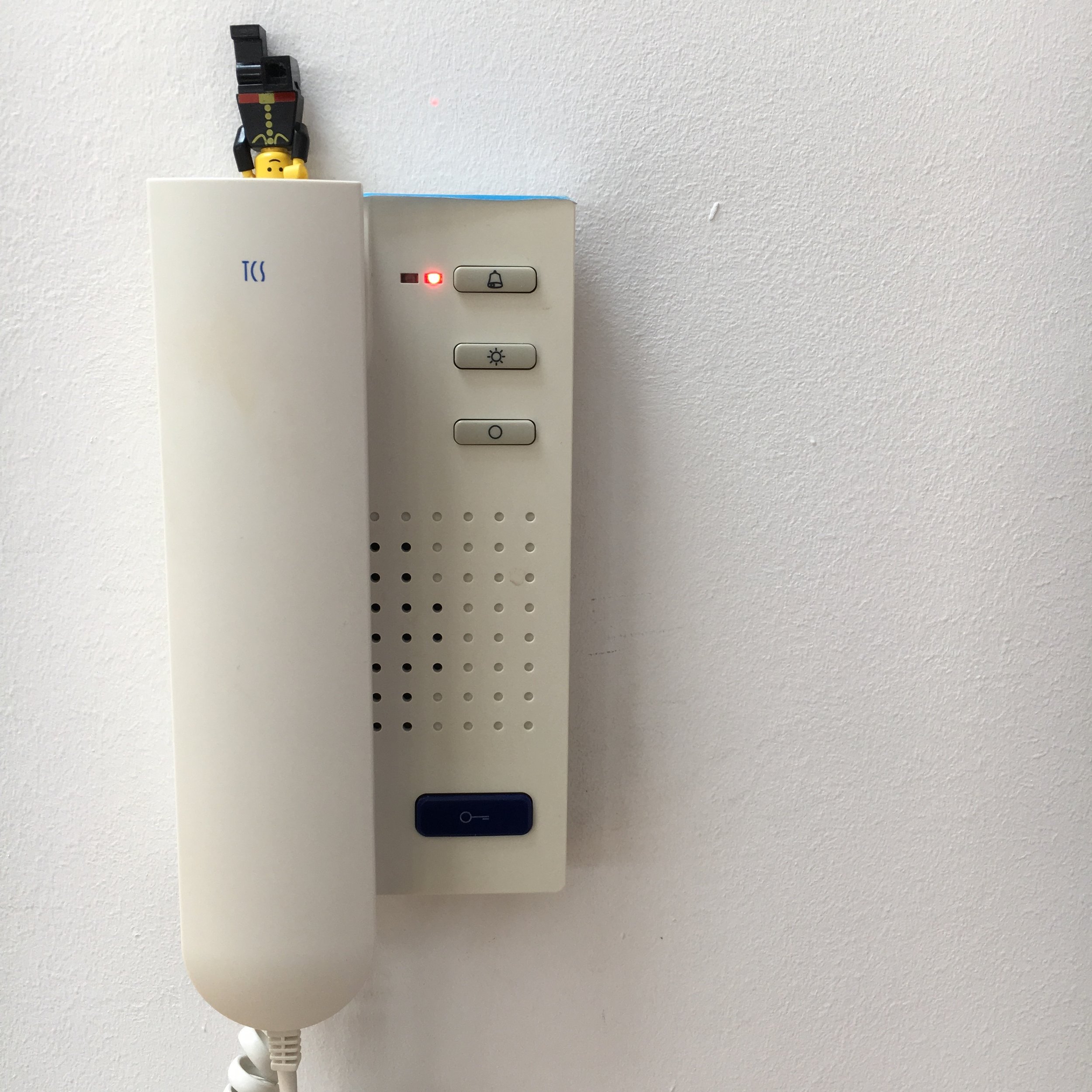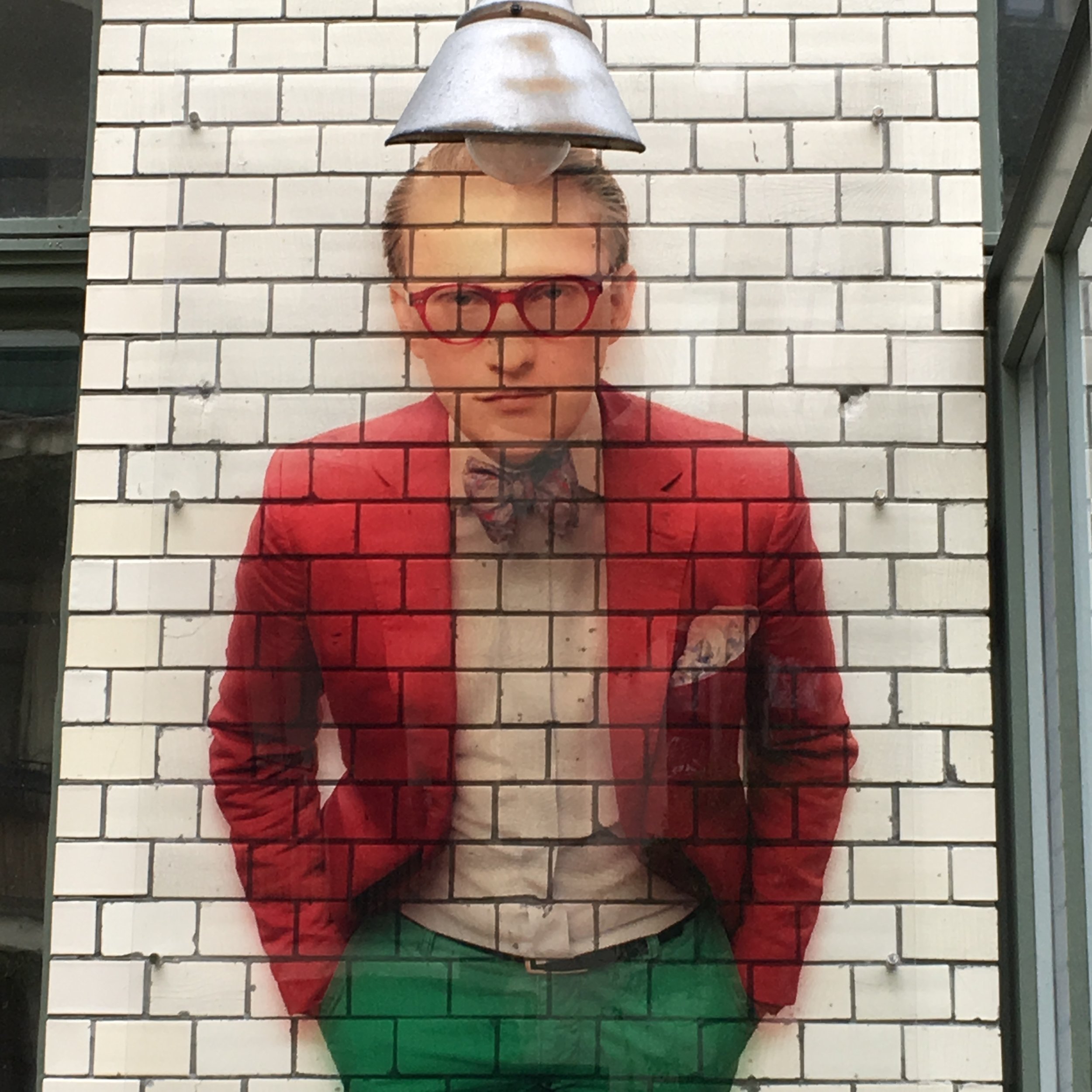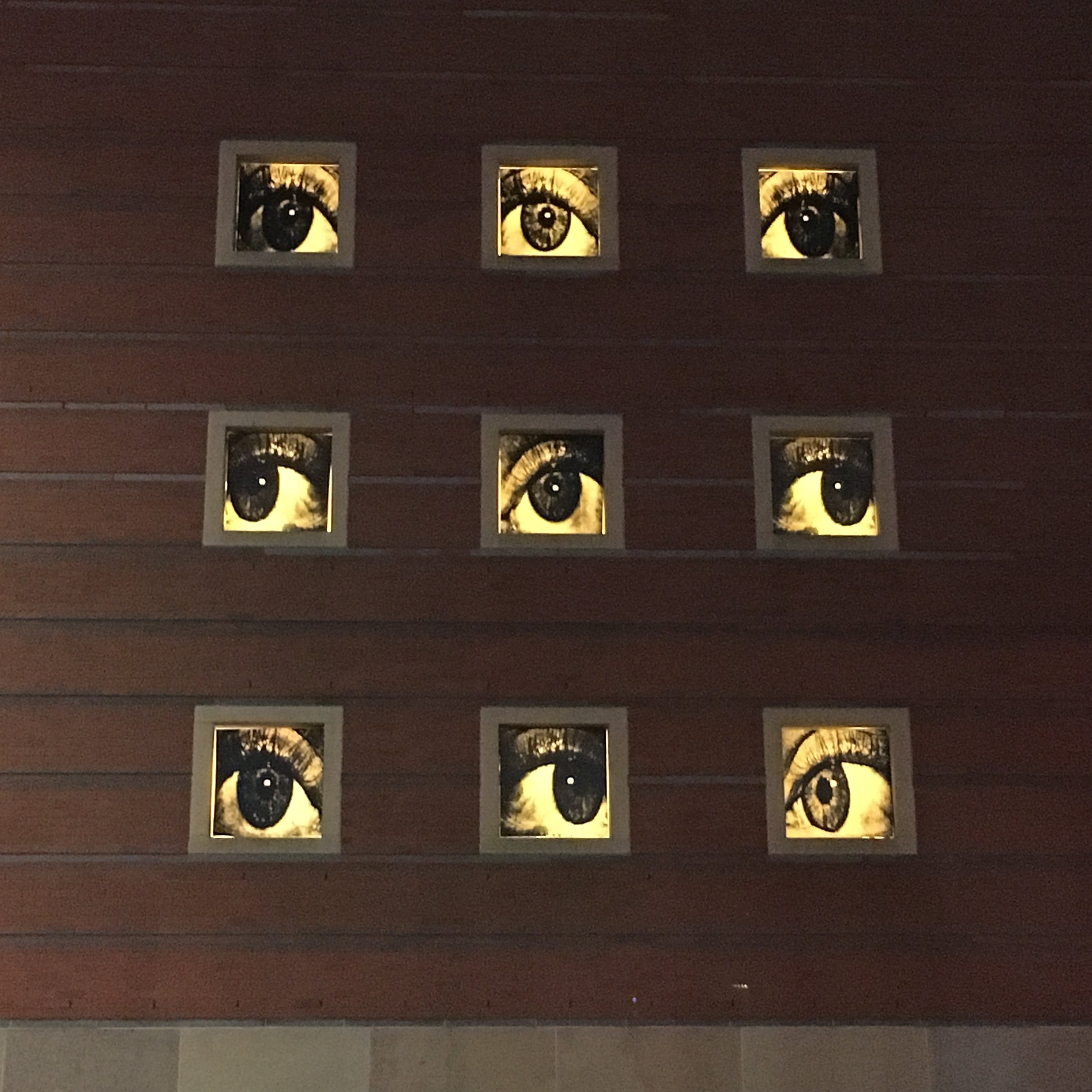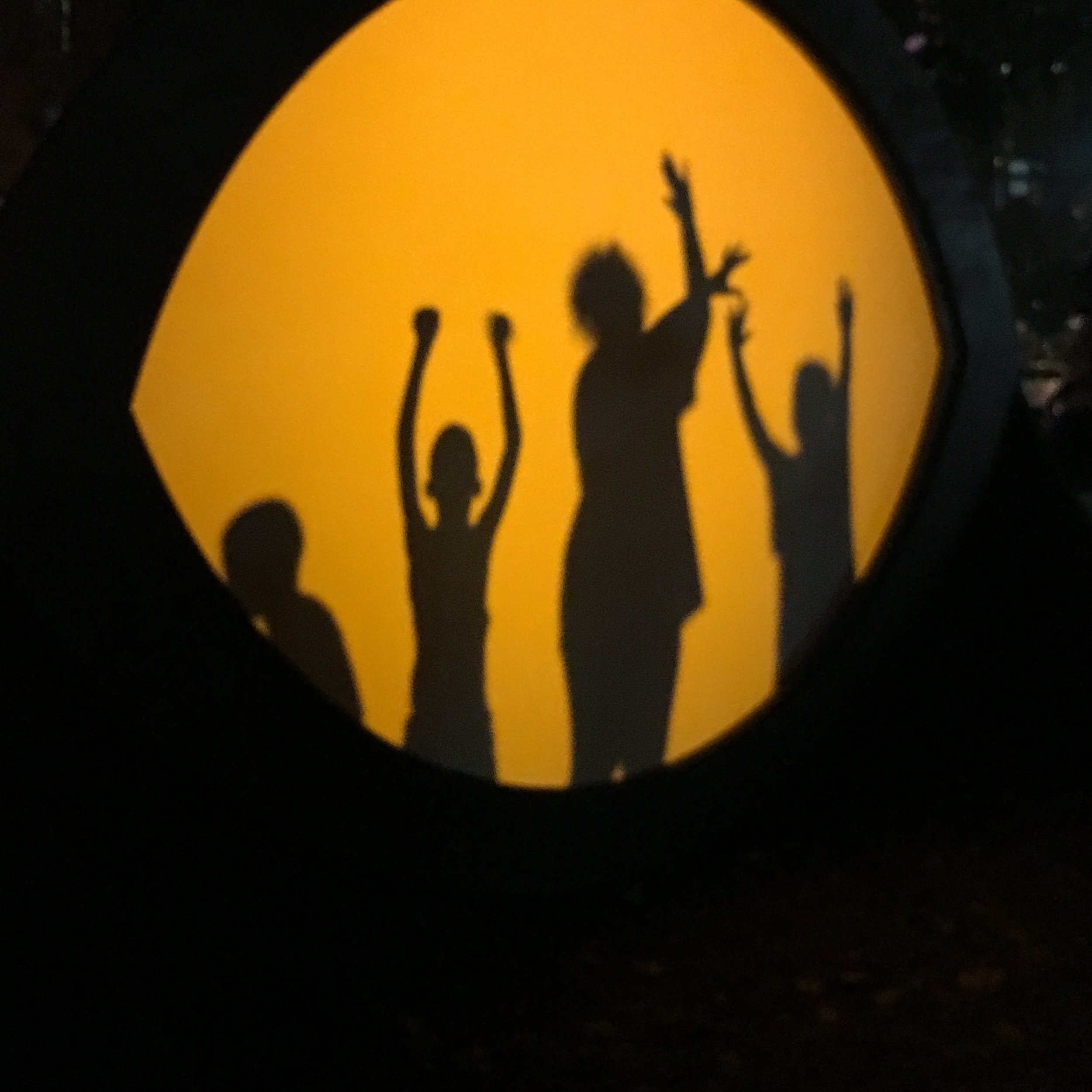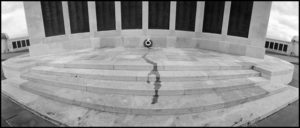Life became incredibly complex and difficult in the early 2010’s. As I cast about trying to figure out how to achieve some semblance of balance in my life, my efforts always seemed to shatter on the shores of time, or lack of it. I never seemed to have enough time to do what needed to be done. I wanted to do something for myself that would allow me to step outside of my life, if only for a few brief minutes, in order to recover somewhat, but everything I tried took too much time and energy. My efforts were just making things worse.
Then, almost in desperation, I hit upon the idea of taking a walk first thing in the morning, before doing anything else. This got me outside and away from the technology that sucked me in far too easily. It did not take me long to realize that even a short walk around the block made a huge difference. Each walk became a time to breathe freely, to let my mind roam where it wanted, to allow my eyes to feast on what was in front of me, to realize that I could break away from the treadmill of demands that threatened to sink me at times. That was how my walking practice began.
Having continued that practice since then, walking was something that I did every day during the pandemic. It thankfully kept me going during some dark times. What a gift! Here is a recent piece written for the New York Times by Francis Sanzaro that speaks to the power of walking far more eloquently than I can: The Next Walk You Take Could Change Your Life.













